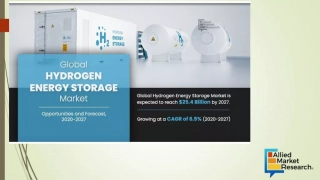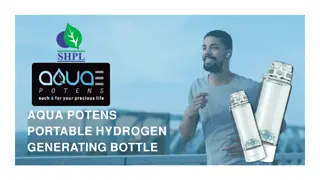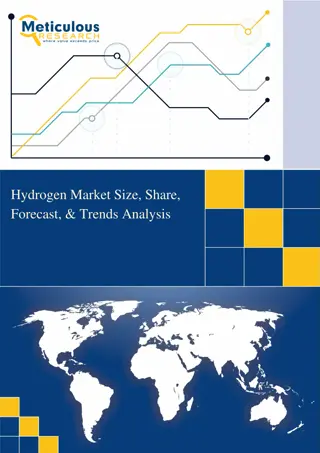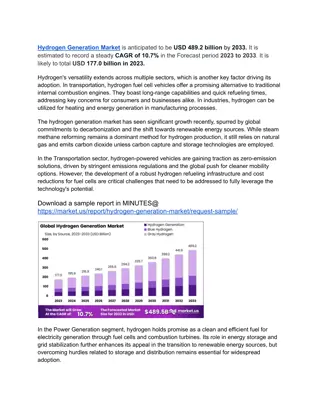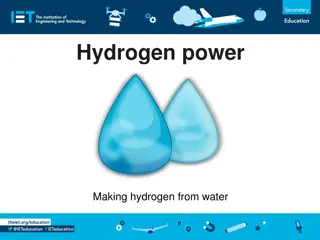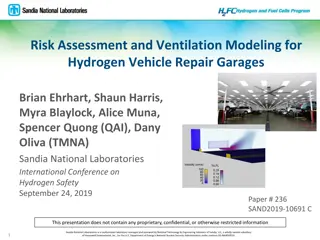Understanding Hydrogen Sulfide (H2S) Hazard Controls in Industrial Operations
Explore the systematic approach and workplace practices for managing H2S risks, including control measures, potential problem areas, well control procedures, and common types of hazard controls like engineering controls, administrative controls, and personal protective equipment.
Download Presentation

Please find below an Image/Link to download the presentation.
The content on the website is provided AS IS for your information and personal use only. It may not be sold, licensed, or shared on other websites without obtaining consent from the author. Download presentation by click this link. If you encounter any issues during the download, it is possible that the publisher has removed the file from their server.
E N D
Presentation Transcript
Hydrogen Sulfide (H2S) Hierarchy of Hazard Controls H2S
Objectives: Discuss hierarchy of controls and provide overview of systematic approach to eliminating hazards, and reduction or control of H2S risks. Discuss workplace practices and relevant maintenance procedures established to protect personnel from hazards of H2S and SO2.
Potential Problem Areas Corrosion Fatigue Leakage: Age Wear Temperature changes Pressure Corrosion Materials
Common Types of Control Hazard Elimination: Avoiding risks; adapting work to workers Substitution: Replacement with less dangerous or safer material; attacking risks at their source; integrating technical progress Engineering Controls: Implement collective protective measures isolation, ventilation systems, mechanical handling, specify appropriate construction materials
Common Types of Control contd Administrative Controls: Instructions to workers such as warning signs, lockout processes, safety equipment inspections, safety & health coordination with subcontractors, training, licensing, and worker rotation Personal Protective Equipment (PPE): Provide adequate PPE and instructions for its use and maintenance; safety shoes, safety glasses, self-contained and air supplied respirators
Industrial Operations Controls: Equipment Maintenance Ventilation Systems H2S Detection Devices & Air Testing Burning, Flaring, and Venting Understand Processes Work Procedures
General Work Procedures Site-specific safety meetings Use of proper PPE Inspections Communication on work sites Monitoring operations & conditions
Common Types of Controls Operation Controls If H2Scan be released Then consider During refining of high-sulfur petroleum Concentration and recovery of H2SO4 From accumulations of decaying organic matter in sewers and waste waters of tanneries, glue factories, fat-rendering plants, and fertilizer plants. Provide continuous water discharge to sewer and cover and vent waste drains As a by-product of dehairing and tanning processes Provide separate sewage lines and cover and vent waste drains; add neutralizing agents (CaCl2) as appropriate; local exhaust ventilation During the manufacture of viscose rayon Local exhaust ventilation During production of sulfur dyes, carbon disulfide, sulfur, oleum, and thioprene Local exhaust ventilation or process enclosure
Common Types of Controls contd Operation Controls If H2Scan be released Then consider During vulcanization of rubber; during manufacturing of coke or coal having high gypsum content Local exhaust ventilation or process enclosure During excavation Respiratory protective equipment In closed containers containing organic matter Respiratory protective equipment; life support line From pockets during underground mining operations near sulfide ores Local exhaust ventilation; respiratory protective devices
Hydrogen Sulfide (H2S) Hierarchy of Hazard Controls H2S


